WHAT WE CAN LEARN FROM DAVID WALLIAMS' 140-MILE SWIM
In 2011, British comedian David Walliams did something extraordinary. He swam 140 miles (225 km) down the River Thames in just 8 days for charity.
To put that in perspective, that's an average of 18 miles a day, a distance that even Olympic athletes rarely cover in training, let alone in dirty river water. It was an incredible feat of mental and physical endurance that raised over £1 million for Sport Relief.
However, it also serves as a cautionary tale. Walliams finished the swim with a serious back injury and a severe stomach bug.
This article will analyze his swim as a case study. By looking at what went wrong with his technique, we can learn valuable lessons about why efficiency is just as important as stamina.
Dive Into: The David Walliams Case Study
- The Feat: 140 Miles in 8 Days
- The Analysis: Why Stamina Isn't Enough
- Lesson 1: Rotation vs. Flat Swimming
- Lesson 2: The Danger of Crossing Over
- Lesson 3: The Importance of the Catch
- Lesson 4: Breathing and Head Position
- The Aftermath: Injury and Illness
- Swimming for a Cause
- Frequently Asked Questions
The Feat: 140 Miles in 8 Days
Swimming 140 miles in just over a week is a monumental achievement for a non-competitive swimmer. David Walliams deserves immense respect for his dedication. He is definitely not a lady :).
However, attempting such a distance with poor swimming technique is dangerous. This was not a Little Britain sketch. It places massive repetitive strain on the body, leading to injuries that could have been prevented with better form.
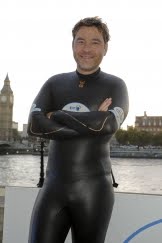
The Analysis: Why Stamina Isn't Enough
Walliams' personal trainer (Prof Greg Whyte) clearly did a great job preparing his engine, but his stroke mechanics had serious flaws. So, after watching a few of the videos on David Walliams' Walliams vs. Thames charity site, I decided to give David some swimming technique advice.
🎥 Watch: Walliams' Technique
The footage of David swimming is not the greatest, but it is enough to give us a high-level picture of his stroke and how he is doing.
Lesson 1: Rotation vs. Flat Swimming
The first mistake that jumps out is David's body position. He swims almost entirely flat on his stomach.
The Fix: You need to swim on your sides, not your stomach. Think of it as slicing through the water with your left side, then your right. The flat position should only be a transition.
- Why it matters: Swimming flat increases drag and shortens your reach. Proper rotation allows for a longer, more powerful stroke and reduces strain on the shoulders.
- Drill: Incorporate side-kicking drills into every workout to master this balance.
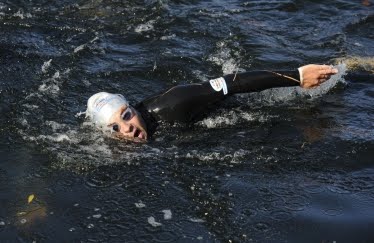
Lesson 2: The Danger of Crossing Over
David's stroke shows two classic errors:
- Crossing Over: His hands cross the centerline of his body upon entry.
- Thumb-First Entry: His hand enters the water thumb-first.
The Fix: Your fingers should enter first with a flat palm, in line with your shoulder.
- Why it matters: Entering thumb-first causes internal rotation of the shoulder, a leading cause of "swimmer's shoulder" injuries. Crossing over causes the body to wiggle side-to-side, wasting energy.
With regard to this cross-over problem, perhaps the following technique tips will help you out.
Lesson 3: The Importance of the Catch
With his height and long arms, David has a natural advantage, but he doesn't use it. He drops his elbow early, losing his grip on the water.
The Fix: He needs to utilize the Early Vertical Forearm (EVF) technique. Instead of pulling with just his hand, he should anchor his entire forearm to pull his body forward.
- Drill: One-arm freestyle drills and sculling are perfect for fixing this.
Also, there is a great tool called the Antipaddle which can help you get more out of your pull.
Lesson 4: Breathing and Head Position
Finally, David's head position and breathing are way too far out of the water.
This is, however, a bit tough to assess from the footage as David spends half the time waving at his supporters. Also, since the river is so dirty, it is probably not a good idea to utilize the one goggle in, one goggle out rule to prevent accidental breath of the water. So, I'll let this one slide, David :).
Though just in case you find yourself in cleaner waters, getting your head deeper in the water and breathing to the sides instead of the diagonal front will give you a better body position.
The Aftermath: Injury and Illness
As predicted, the combination of dirty water and poor technique took its toll. David suffered from "Thames Tummy" (a severe bug) and serious damage to his back (an intervertebral disc injury).
If this is too much negative feedback at once, please believe that I am a huge fan of David's Little Britain comedy and that his sports challenges are inspiring for us all. Great job, however, be smart about your swimming and keep it up!
The Takeaway: This is a valuable learning experience for us all. Before you challenge your physical limits, get your swimming body position in order. Be smart about your sport, prioritize technique, and select your coaches wisely.
Swimming for a Cause
If you like the charity swim David Walliams performed in the Thames and you are wondering how you as a swimmer could contribute, consider organizing your own event.
Initiatives like the Blue Mile (now concluded, but others exist) aimed to raise funds for the protection of our rivers and oceans. You can be very creative with your event, swim in fancy dress, swim in shoes, or design your own swimsuit.
So go out there and help the world to be a better place, just be smart about it :).
Frequently Asked Questions
Who is David Walliams and why is his swim famous?
David Walliams is a British comedian and actor (known for 'Little Britain') who swam 140 miles (225 km) down the River Thames in 8 days for charity in 2011. It was a grueling feat of endurance that raised millions for Sport Relief.
What can regular swimmers learn from David Walliams' swim?
The main lesson is that stamina isn't enough. Despite his incredible endurance, Walliams suffered from a back injury due to poor technique. It highlights the importance of mastering efficiency and body position before attempting long-distance challenges.
What was the biggest flaw in Walliams' swimming technique?
His biggest flaw was swimming flat on his stomach instead of rotating his hips. This 'flat' position increases drag and puts immense strain on the shoulders and lower back.
Why is 'crossing over' bad for freestyle?
Crossing your hand over your body's centerline (as Walliams did) causes your body to snake side-to-side. This wastes energy and can lead to shoulder injuries, especially over long distances.
Is it safe to swim in rivers like the Thames?
It carries significant risks. Walliams contracted 'Thames Tummy' (a severe stomach bug) and suffered from the effects of sewage and pollution. Always check water quality reports and prioritize safety in open water.
 LNURL1DP68GURN8GHJ7URP0YHRXD3SWDMKJMFWVDHK6TMVDE6HYMRS9A4HSCNCWFXSH3NN0H
LNURL1DP68GURN8GHJ7URP0YHRXD3SWDMKJMFWVDHK6TMVDE6HYMRS9A4HSCNCWFXSH3NN0H



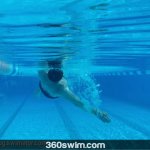





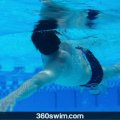



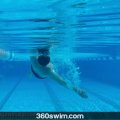


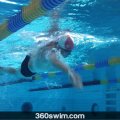
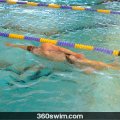
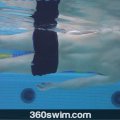


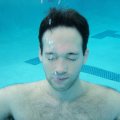
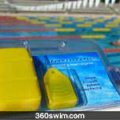


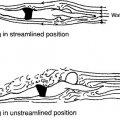

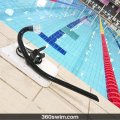




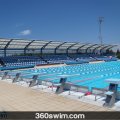

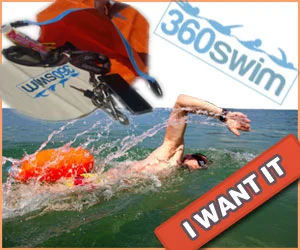

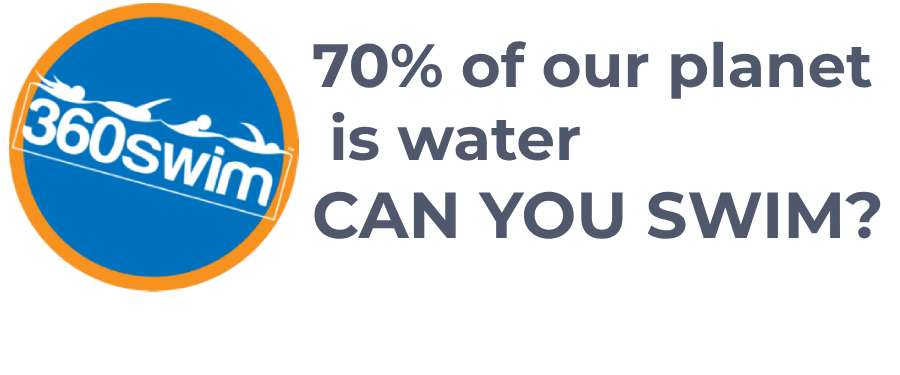
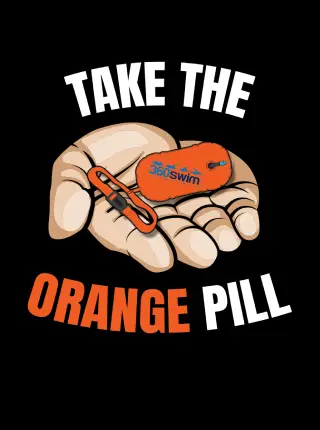
Comments (4)
https://www.telegraph.co.uk/news/celebritynews/8789970/David-Walliams-is-unable-to-walk-after-swim.html